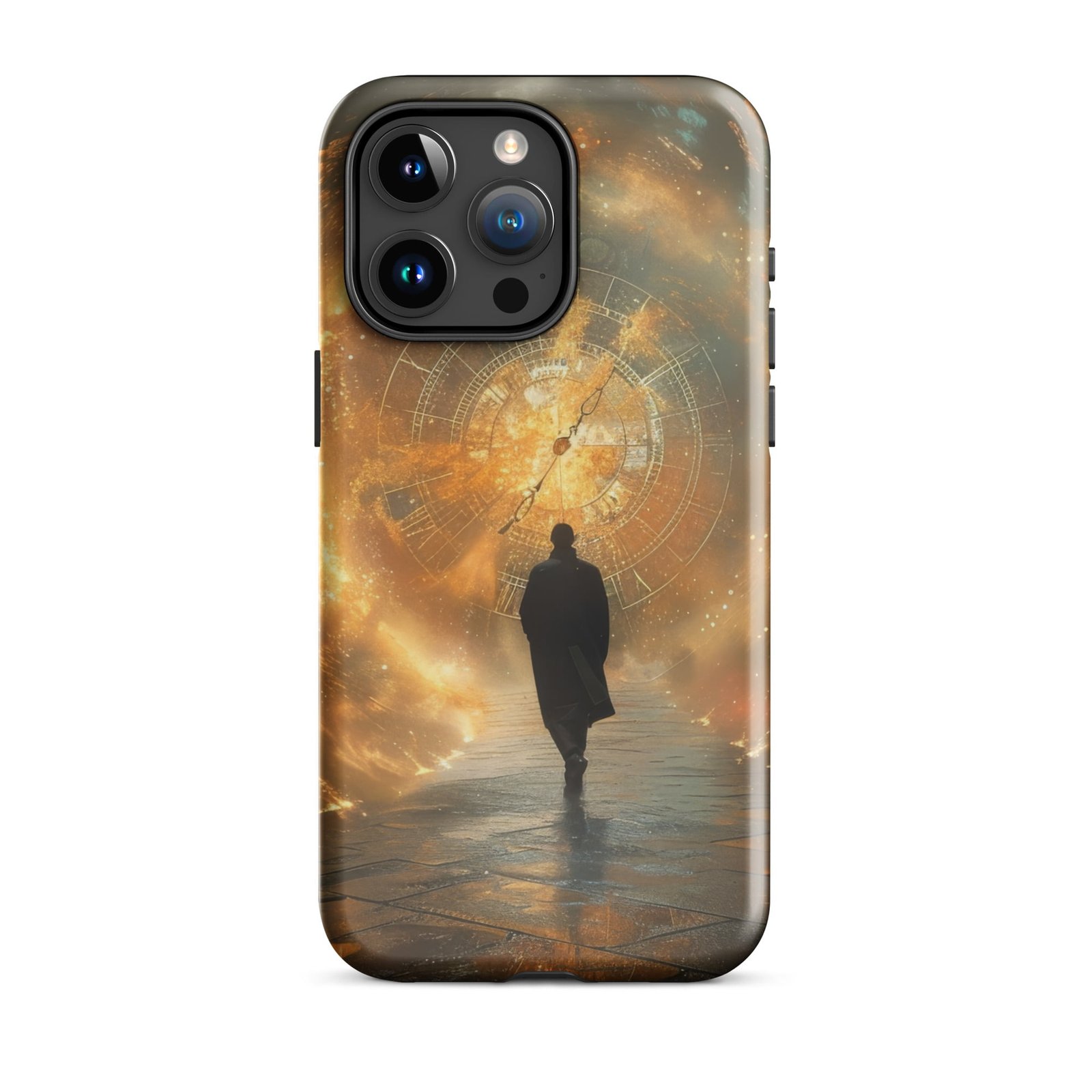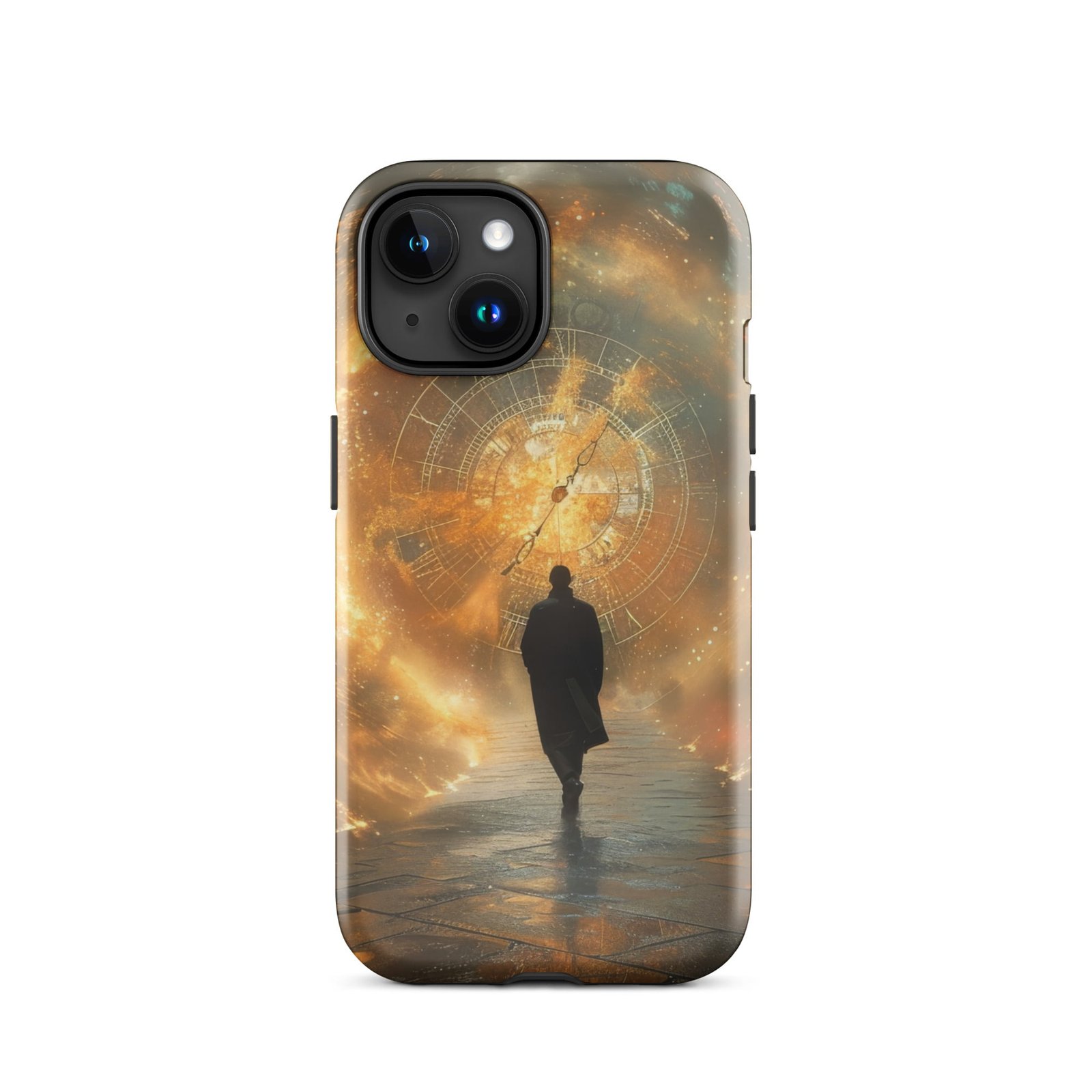Stargazing has long been a popular pastime for people of all ages. There is something truly awe-inspiring about looking up at the night sky and seeing the vast expanse of stars and celestial objects. However, in order to fully appreciate and explore the wonders of the universe, it is important to choose the right telescope for optimal viewing. With so many options available on the market, it can be overwhelming to know where to start. In this article, we will discuss the different types of telescopes, how to determine the appropriate aperture and focal length for your needs, and budget considerations.
Key Takeaways
- Choose a telescope that fits your needs and budget
- Understand the different components and terminology of telescopes
- Properly set up your mount and tripod for stability
- Assemble your optical tube carefully to avoid damage
- Align your telescope with the night sky for accurate viewing
Choosing the Right Telescope for Your Needs
When it comes to choosing a telescope, there are three main types to consider: refractor, reflector, and compound. Each type has its own pros and cons, so it is important to understand the differences before making a decision.
Refractor telescopes use lenses to gather and focus light. They are known for their crisp, clear images and low maintenance requirements. However, they tend to be more expensive than other types of telescopes and can be heavy and bulky.
Reflector telescopes use mirrors to gather and focus light. They are generally more affordable than refractor telescopes and are great for observing faint objects in the sky. However, they may require more maintenance due to the need to realign the mirrors occasionally.
Compound telescopes, also known as catadioptric telescopes, combine lenses and mirrors to gather and focus light. They offer a good balance between image quality and portability. However, they can be more expensive than reflector telescopes.
In addition to considering the type of telescope, it is important to determine the appropriate aperture and focal length for your needs. The aperture refers to the diameter of the telescope’s main lens or mirror. A larger aperture allows more light to enter the telescope, resulting in brighter and clearer images. However, larger apertures also tend to be more expensive and heavier.
The focal length refers to the distance between the main lens or mirror and the point where the image is formed. A longer focal length results in higher magnification, allowing you to see more detail in distant objects. However, longer focal lengths also result in a narrower field of view.
When it comes to budget considerations, it is important to find a balance between price and quality. While it may be tempting to go for the cheapest option available, it is important to invest in a reputable brand that offers good quality optics. Some recommended brands include Celestron, Orion, and Meade.
Understanding Telescope Components and Terminology
Before diving into setting up your telescope, it is important to understand some key terms and components. This will help you navigate the setup process and make adjustments as needed.
Aperture refers to the diameter of the telescope’s main lens or mirror. It determines how much light the telescope can gather and therefore affects the brightness and clarity of the images.
Focal length refers to the distance between the main lens or mirror and the point where the image is formed. It determines the magnification of the telescope and affects the field of view.
Magnification refers to how much larger an object appears when viewed through a telescope compared to when viewed with the naked eye. It is determined by dividing the focal length of the telescope by the focal length of the eyepiece being used.
The mount is the part of the telescope that holds it steady and allows for movement in different directions. There are two main types of mounts: alt-azimuth (or alt-az) and equatorial. Alt-az mounts allow for movement up and down (altitude) as well as side to side (azimuth). Equatorial mounts are designed to align with Earth’s rotation, making it easier to track celestial objects as they move across the sky.
The tripod is the three-legged stand that supports the telescope and provides stability. It is important to ensure that the tripod is sturdy and level to prevent vibrations and shaking during observation.
The optical tube is the main body of the telescope that houses the lenses or mirrors. It is important to handle the optical tube with care to avoid scratching or damaging the optics.
Eyepieces are used to magnify the image seen through the telescope. Different eyepieces have different focal lengths, resulting in different levels of magnification. It is important to choose the appropriate eyepiece for your needs and desired level of magnification.
Setting Up Your Telescope Mount and Tripod
Once you have chosen the right telescope for your needs and have a basic understanding of its components, it is time to set up your mount and tripod. This step is crucial for ensuring stability and balance, which are essential for optimal viewing.
First, find a suitable location for your telescope setup. Ideally, this should be a flat surface away from sources of vibration such as foot traffic or nearby machinery. It is also important to consider light pollution and choose a location with minimal light interference.
Next, assemble the tripod by extending the legs and locking them into place. Make sure that all three legs are fully extended and that the tripod is level. Use a bubble level or smartphone app to ensure accuracy.
Once the tripod is set up, attach the mount to the top of the tripod. Most mounts have a screw or clamp mechanism that allows for easy attachment. Make sure that the mount is securely fastened to the tripod to prevent any wobbling or instability.
Assembling Your Telescope Optical Tube
After setting up your mount and tripod, it is time to assemble your telescope’s optical tube. This step requires careful handling to avoid scratching or damaging the optics.
Start by removing the dust caps from both ends of the optical tube. These caps protect the lenses or mirrors from dust and debris when the telescope is not in use.
Next, attach the optical tube to the mount. Most telescopes have a dovetail mounting system that allows for easy attachment and removal. Simply slide the optical tube onto the mount and tighten any screws or clamps to secure it in place.
Once the optical tube is attached, it is important to ensure proper alignment and collimation. Alignment refers to the positioning of the optics within the tube, while collimation refers to the alignment of the mirrors or lenses. Proper alignment and collimation are essential for clear and sharp images.
To align the optics, look through the eyepiece and adjust the position of the primary mirror or lens until the image appears centered and focused. This may require making small adjustments using screws or knobs located on the telescope’s body.
Aligning Your Telescope with the Night Sky

Now that your telescope is set up and assembled, it is time to align it with the night sky. This step is crucial for accurate tracking and optimal viewing.
One way to align your telescope is by using a star chart or smartphone app. Star charts provide a visual representation of the night sky, allowing you to identify and locate specific celestial objects. Smartphone apps, on the other hand, use GPS technology to provide real-time information about the position of stars and planets.
To align your telescope using a star chart, start by identifying a bright star or planet in the sky. Use the chart to determine its position relative to other stars or constellations. Once you have identified a reference point, adjust your telescope’s mount until it is pointing in the same direction.
If you are using a smartphone app, simply open the app and follow the instructions for aligning your telescope. Most apps will guide you through a series of steps that involve pointing your phone at specific stars or landmarks in order to calibrate its position.
It is important to note that accurate alignment is crucial for optimal viewing. Even a slight misalignment can result in blurry or distorted images. Take your time and make small adjustments as needed until the alignment is perfect.
Focusing Your Telescope for Optimal Viewing
Once your telescope is aligned with the night sky, it is time to focus it for optimal viewing. Proper focus is essential for clear and sharp images.
To focus your telescope, start by selecting an eyepiece with the desired level of magnification. Insert the eyepiece into the focuser, which is located at the back of the telescope’s optical tube.
Look through the eyepiece and adjust the focuser until the image appears sharp and clear. This may require making small adjustments using a knob or wheel located on the focuser. Take your time and experiment with different settings until you achieve optimal focus.
It is important to note that focusing can be challenging, especially for beginners. It may take some practice to develop a feel for the focuser and understand how it affects the image. Be patient and don’t be afraid to experiment with different settings.
Using Eyepieces and Filters to Enhance Your Viewing Experience
In addition to focusing, there are other tools you can use to enhance your viewing experience. Eyepieces and filters can help improve clarity, contrast, and color rendition.
Eyepieces come in a variety of focal lengths, which determine the level of magnification. It is important to choose the appropriate eyepiece for your needs and desired level of magnification. A general rule of thumb is to start with a low magnification eyepiece (e.g., 25mm) to get a wide field of view, and then switch to higher magnification eyepieces (e.g., 10mm) for more detailed observations.
Filters, on the other hand, are used to enhance specific features or reduce unwanted glare. There are different types of filters available, each designed for a specific purpose. For example, a moon filter can reduce the brightness of the moon, making it easier to observe details on its surface. A nebula filter, on the other hand, can enhance the contrast of nebulae, making them more visible.
When choosing eyepieces and filters, it is important to consider your specific needs and interests. Do you want to observe planets in detail? Are you interested in deep-sky objects like galaxies and nebulae? Take some time to research and experiment with different options to find what works best for you.
Tips for Finding and Tracking Celestial Objects
Finding and tracking celestial objects can be challenging, especially for beginners. However, with practice and patience, it becomes easier over time. Here are some tips to help you locate and track celestial objects:
– Start with easy-to-find objects: Begin by observing bright stars or planets that are easily visible in the night sky. This will help you get familiar with your telescope’s controls and improve your tracking skills.
– Use star charts or smartphone apps: Star charts and smartphone apps can be invaluable tools for finding specific celestial objects. They provide visual representations of the night sky and help you identify stars, constellations, and other landmarks.
– Learn to star-hop: Star-hopping is a technique that involves using known stars or constellations as reference points to navigate the night sky. By following a series of stars from one point to another, you can locate specific objects with relative ease.
– Practice patience: Finding and tracking celestial objects takes time and practice. It is important to be patient and not get discouraged if you don’t find what you’re looking for right away. Remember that stargazing is a journey, not a destination.
Maintaining and Cleaning Your Telescope
Proper maintenance and cleaning are essential for keeping your telescope in optimal condition. Here are some tips to help you maintain and clean your telescope:
– Store your telescope in a dry and dust-free environment: Moisture and dust can damage the optics of your telescope. It is important to store it in a dry and dust-free environment, such as a dedicated case or storage bag.
– Avoid touching the optics: The lenses and mirrors of your telescope are delicate and can easily be scratched or damaged. It is important to avoid touching them with your fingers or any other objects. If cleaning is necessary, use a soft brush or compressed air to remove dust and debris.
– Clean the eyepieces and filters: Eyepieces and filters can accumulate dust and debris over time, affecting their performance. To clean them, use a soft brush or compressed air to remove loose particles. If necessary, use a lens cleaning solution and a microfiber cloth to gently wipe the surfaces.
– Check for loose screws or knobs: Regularly inspect your telescope for loose screws or knobs. These can affect the stability and performance of your telescope. If you notice any loose parts, tighten them carefully using the appropriate tools.
Troubleshooting Common Telescope Issues
Even with proper maintenance and care, telescopes can sometimes experience issues that affect their performance. Here are some common issues and their solutions:
– Blurry images: Blurry images can be caused by a variety of factors, including misalignment, poor focus, or atmospheric conditions. To troubleshoot this issue, start by checking the alignment of your telescope and adjusting it if necessary. Next, make sure that the focus is properly adjusted. Finally, consider the atmospheric conditions and wait for better viewing conditions if necessary.
– Misalignment: Misalignment can occur if the mount or tripod is not set up properly. To fix this issue, double-check that the mount is securely attached to the tripod and that the tripod is level. If necessary, make small adjustments until the alignment is perfect.
– Tracking issues: If your telescope is not tracking celestial objects properly, it may be due to a misalignment or calibration issue. Double-check the alignment of your telescope and make any necessary adjustments. If the issue persists, consult the user manual or contact the manufacturer for further assistance.
– Collimation issues: Collimation refers to the alignment of the mirrors or lenses within the telescope’s optical tube. If collimation is off, it can result in blurry or distorted images. To fix this issue, consult the user manual or online resources for instructions on how to collimate your specific telescope model.
Choosing the right telescope and properly setting it up are crucial for optimal viewing of the night sky. By understanding the different types of telescopes, determining the appropriate aperture and focal length, and considering budget considerations, you can make an informed decision that suits your needs and interests. Additionally, understanding telescope components and terminology, setting up your mount and tripod, assembling your optical tube, aligning your telescope with the night sky, focusing for optimal viewing, using eyepieces and filters to enhance your experience, finding and tracking celestial objects, maintaining and cleaning your telescope, and troubleshooting common issues will ensure that you get the most out of your stargazing adventures. So go ahead, explore the wonders of the universe and let your imagination soar among the stars.
If you’re interested in learning more about telescopes and exploring the wonders of the Universe, you might want to check out The Universe Episodes’ blog. They have a wide range of articles that cover various topics related to astronomy and space exploration. One article that caught my attention is “The Best Telescopes for Beginners.” It provides valuable insights and recommendations for those who are just starting their journey into stargazing. To read this informative piece, click here.
FAQs
What is a telescope?
A telescope is an optical instrument used to observe distant objects by collecting electromagnetic radiation (such as visible light).
What are the types of telescopes?
There are three main types of telescopes: refracting telescopes, reflecting telescopes, and catadioptric telescopes.
What is the difference between refracting and reflecting telescopes?
Refracting telescopes use lenses to bend and focus light, while reflecting telescopes use mirrors to reflect and focus light.
What is a catadioptric telescope?
A catadioptric telescope uses a combination of lenses and mirrors to reflect and refract light, resulting in a compact design.
What are the parts of a telescope?
The main parts of a telescope include the objective lens or mirror, the eyepiece, the mount, and the tripod.
How do I set up a telescope?
To set up a telescope, first assemble the tripod and mount, then attach the telescope tube to the mount. Next, align the finder scope and adjust the focus. Finally, point the telescope at the desired object and adjust the focus as needed.
What should I look for when buying a telescope?
When buying a telescope, consider factors such as aperture size, focal length, and mount stability. It is also important to choose a telescope that is appropriate for your level of experience and intended use.
–
My Thoughts on the Article
I found the article on choosing the right telescope for stargazing quite informative and practical. It provides valuable insights into the different types of telescopes, components, and terminology, as well as guidance on setting up and maintaining a telescope for optimal viewing experiences.
Benefits of Reading this Article
Reading this article can help individuals make informed decisions when selecting a telescope that suits their needs and budget. It also offers guidance on how to set up and align a telescope properly, enhancing the overall stargazing experience.
Main Message of the Article
The main message of this article is to emphasize the importance of choosing the right telescope, understanding its components, setting it up correctly, and maintaining it for optimal viewing of celestial objects. By following the guidelines provided, readers can enhance their stargazing adventures and explore the wonders of the universe effectively.
–
























